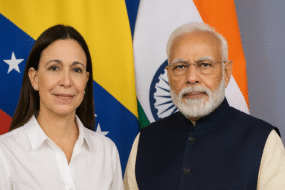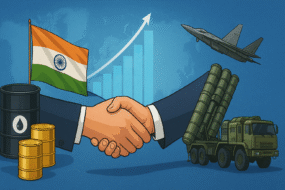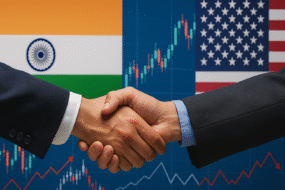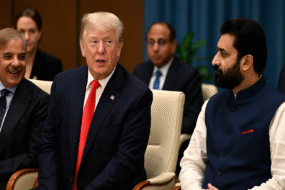New Delhi/Kathmandu: The Ministry of External Affairs on Tuesday urged Indian nationals in Nepal to remain cautious and follow local directives, after protests over a controversial social media ban turned violent and left at least 19 people dead.
In a statement, the ministry said: “We are deeply saddened by the loss of many young lives. Our thoughts and prayers are with the families of the deceased and we wish a speedy recovery for those injured. As a close neighbour, we hope all concerned exercise restraint and resolve issues peacefully through dialogue.”
Authorities in Nepal imposed a curfew in Kathmandu and other cities following the widespread unrest. The protests — some of the most violent in the country’s recent history — were largely led by young people frustrated by corruption, economic inequality, and restrictions on freedom of expression.
Social Media Ban and Retraction
Last week, Nepal’s government blocked 26 platforms, including Facebook, WhatsApp, Instagram, and WeChat, citing non-compliance with new registration rules. But after the violent backlash, the ban was lifted on Tuesday morning.
Still, protests continued. Demonstrators, mainly teenagers and young adults identifying as the “Gen Z protest,” clashed with police around the parliament complex in Kathmandu. Witnesses reported the use of live ammunition, rubber bullets, and water cannons. Hospitals across the capital confirmed multiple fatalities and hundreds of injuries.
Political Fallout
The unrest has sparked calls for Prime Minister K.P. Sharma Oli’s resignation, even from within his governing coalition. An emergency Cabinet meeting was convened, and the home affairs minister offered to resign.
Prithvi Subba Gurung, Nepal’s communication and IT minister, admitted that the youth-driven protests forced the government to retreat from its ban. However, he also suggested that the demonstrations may have been infiltrated, raising tensions further.
Wider Unrest
The protests spread beyond Kathmandu to Pokhara, Chitwan, and Janakpur, with highways blocked and crowds confronting security forces. Some analysts suggested that pro-monarchy groups may have contributed to the escalation, recalling recent royalist protests earlier in the year.
Professor Jeevan Sharma, a South Asia expert, described the events as “the most violent social and political unrest in modern Nepal,” adding that the ban severely curtailed freedom of expression and triggered overwhelming anger.
For now, India has warned its citizens in Nepal to remain alert as the situation remains fluid, with both curfew orders and street protests continuing.





